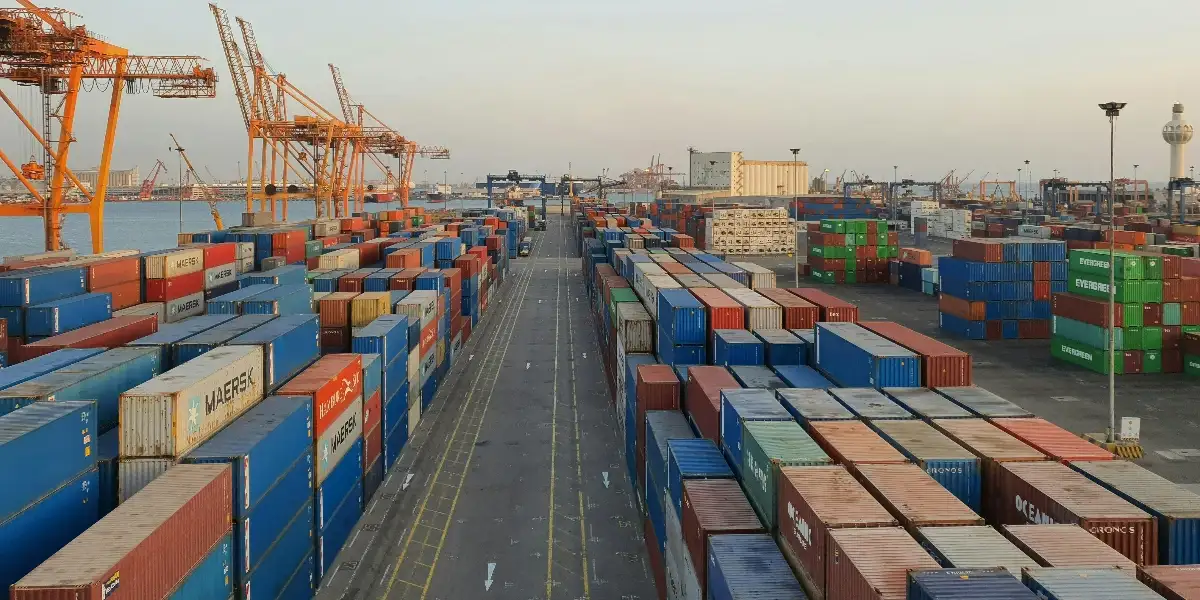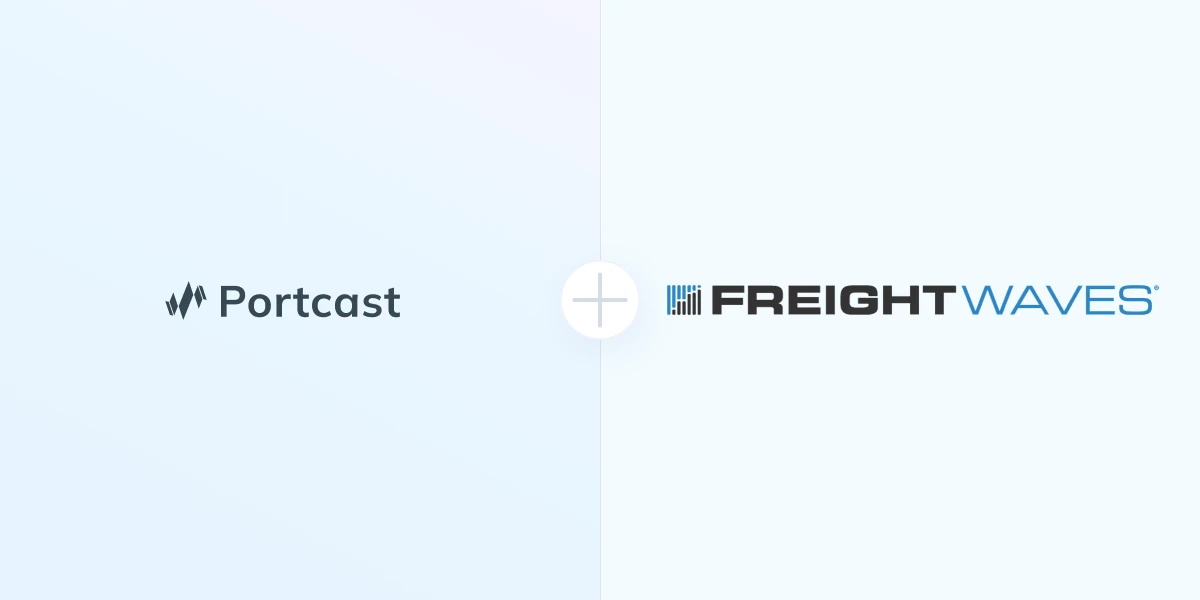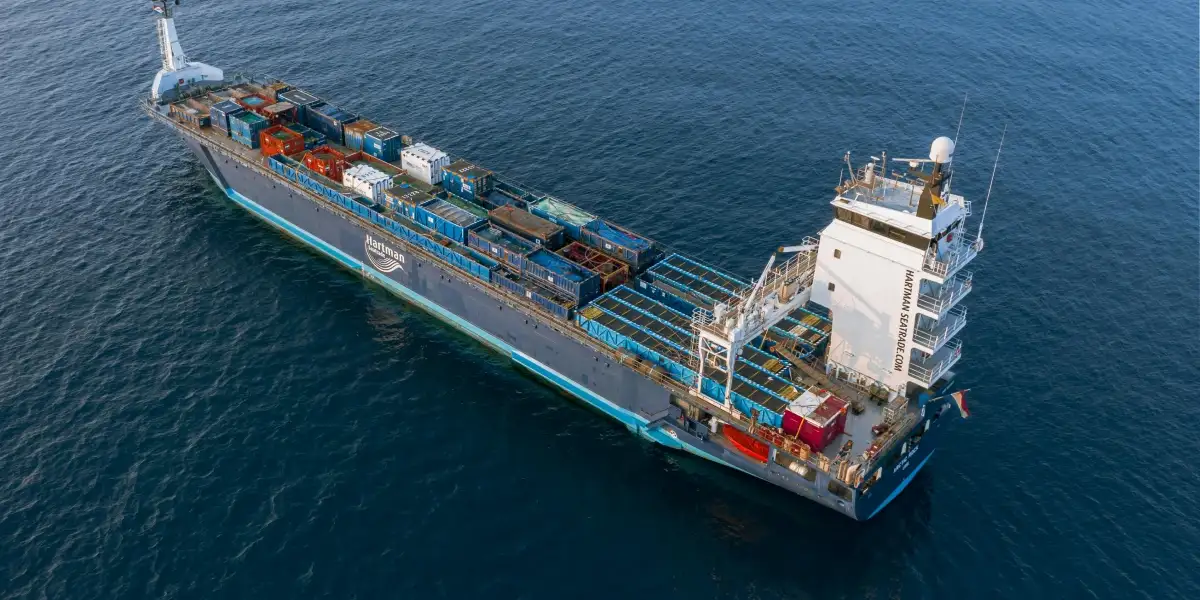Amidst the ongoing maritime disruption caused by the Red Sea crisis, the inevitability of extended transit times and delays looms large for shippers. Beyond the routine tracking of shipments, the focus has shifted towards a more anticipatory strategy — predictive visibility.
Since the Red Sea crisis began, logistics teams have increasingly sought early notifications about delayed shipments, particularly at the order level, in a proactive effort to manage the repercussions on safety stock levels effectively.
Now, the key lies in predictive visibility and here's an example to understand the transformative power of predictive visibility in action!
Real-Time Instance of a Ship Affected by the Red Sea Crisis
Consider this shipment journeying from Ningbo to Savannah (9501332). This specific instance illustrates the dynamic nature of Portcast's predictive Estimated Time of Arrivals (ETAs), showcasing its capability to forecast shipment arrival times accurately and well in advance. Impressively, Portcast achieved an accuracy of +1.5 days, forecasting the arrival time for a shipment that ultimately arrived on January 15th with precision as early as December 20th, up to three weeks before the actual arrival.
Timely and dependable updates like these provide shippers with crucial foresight, enabling them to take action while there is still ample opportunity to do so.
Here's another example of vessel ETA evolution (9941128) journeying from Vung Tau to New York.
Acting on Early Notifications
With early notifications in hand, shippers can initiate a series of crucial actions such as:
- Modify inventory plans and assess the potential critical impact on safety stock levels.
- Identify urgent shipments and determine strategies to fulfil inventory requirements promptly.
- Communicate delays to operations, including trucks, warehouses, and customs, enabling proactive adjustments.
- Inform plants or customers about the delays, providing context behind the disruptions.
- Strategise by rerouting future shipments through alternative routes.
Beyond Delayed Arrival: What's the True Impact
Delays have far-reaching effects, influencing more than just arrival times:
- Stock levels are directly impacted, requiring strategic adjustments.
- Future shipment flows necessitate meticulous replanning.
- Adaptation of production plans becomes imperative.
- Increased reliance on expedited air freight leads to escalated supply chain costs.
- Concerns arise regarding stock in transit, encompassing insurance, shelf life, and security.
- Port clearance delays occur upon stock arrival, causing additional setbacks.
- Unloading stock at an unexpected port further extends the time to reach the intended destination.
- Schedules of related vessels undergo modifications.
- Sourcing empty containers becomes a growing concern.
Predictive Visibility: Insightful Understanding of Delays is Key
In retrospect, when we check how accurate the predictions were, we see a delta of 1.5 days. With ongoing improvements in machine learning, there's potential to make these predictions even more precise, possibly down to 1 or even 0.5 days. However, the important point is that with these predictions in hand, the shipper could identify the 10 shipments out of the 5,000 they're handling that might face delays. Determining which 10 shipments will be affected, understanding the extent of their delays, and grasping the reasons behind these delays will significantly enhance the efficiency of their supply chains.
The key takeaway is that not all 5,000 shipments will likely face delays or risks, which is positive. While relying on the schedule for most shipments is reassuring, the crucial point is ensuring early and accurate alerts for the 10 shipments that are at risk. Predictive visibility primarily revolves around adept exception management, focusing on those specific ten shipments that require special attention and proactive measures.
Red Sea Crisis: List of Affected Ships
Stay informed with our continually updated and dynamic spreadsheet, offering real-time insights into vessels affected by the recent Red Sea attack. Access the Red Sea shipment delay information.
For confirmation regarding the status of your cargo and potential delays, we encourage you to schedule a consultation with our team of experts.
Stay updated by following our Red Sea Crisis Bulletin for all the latest information.







